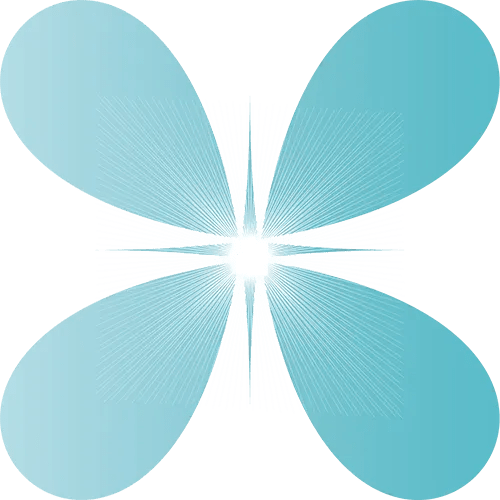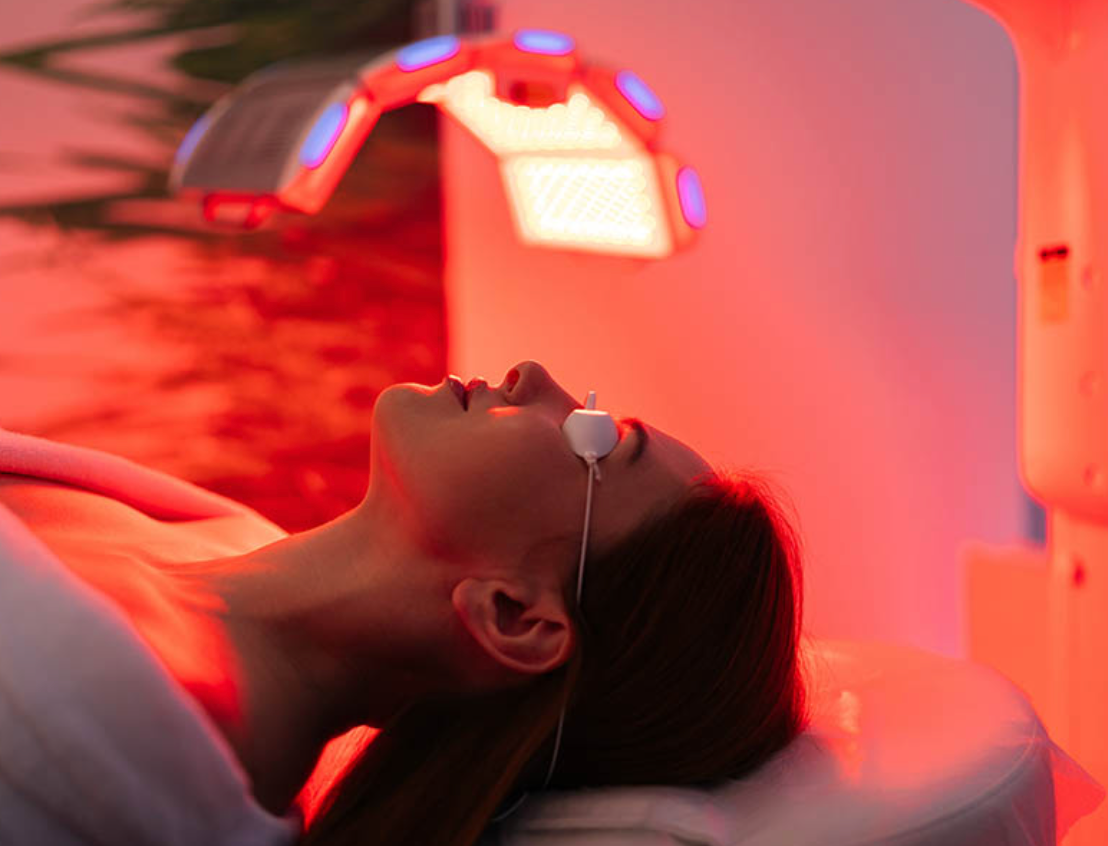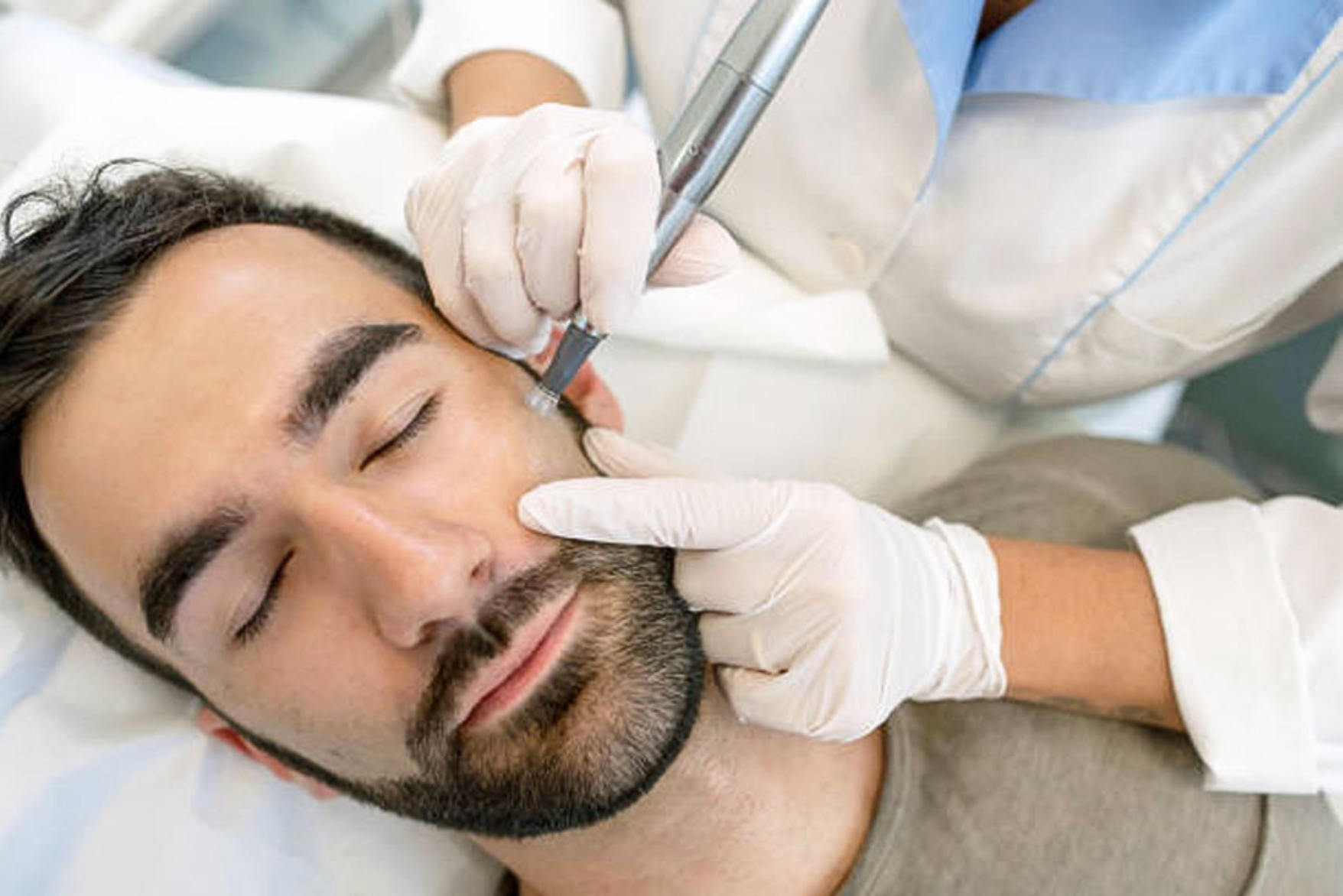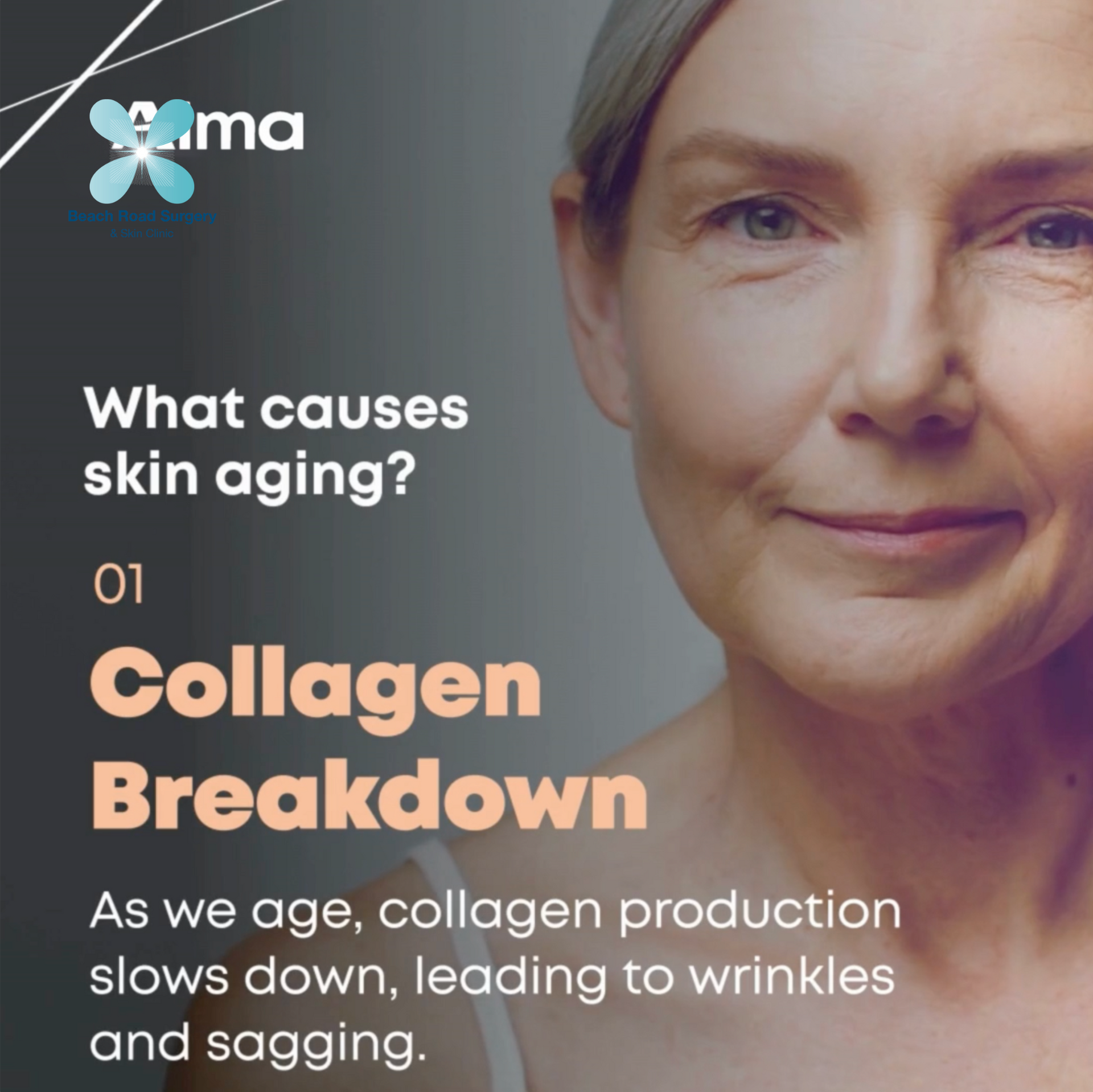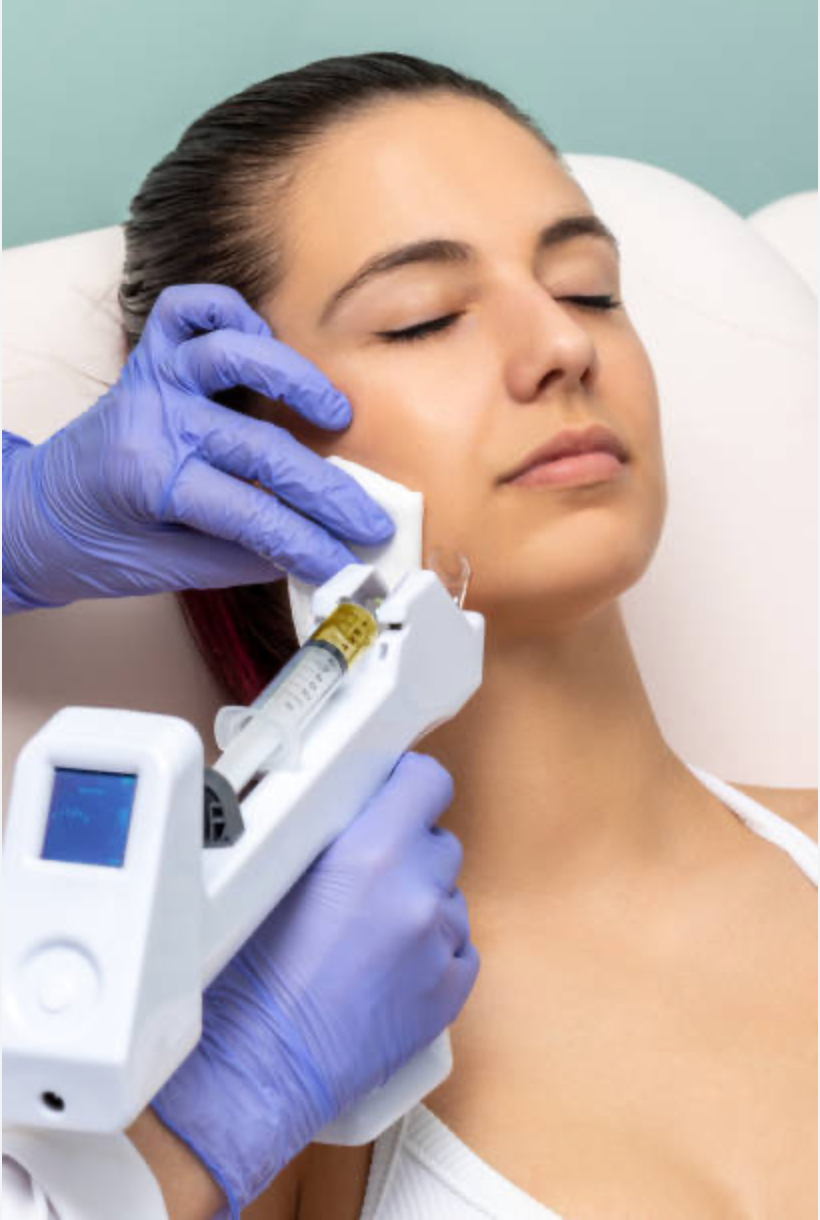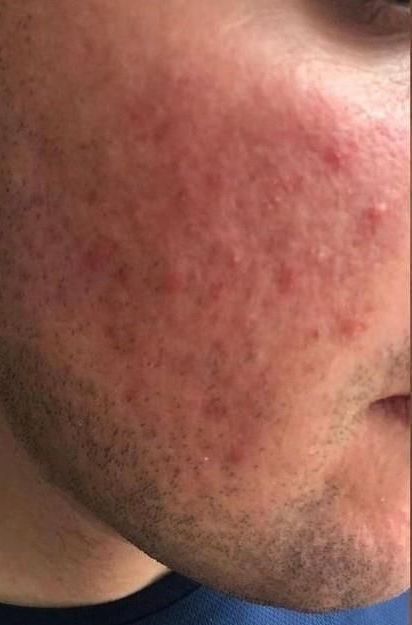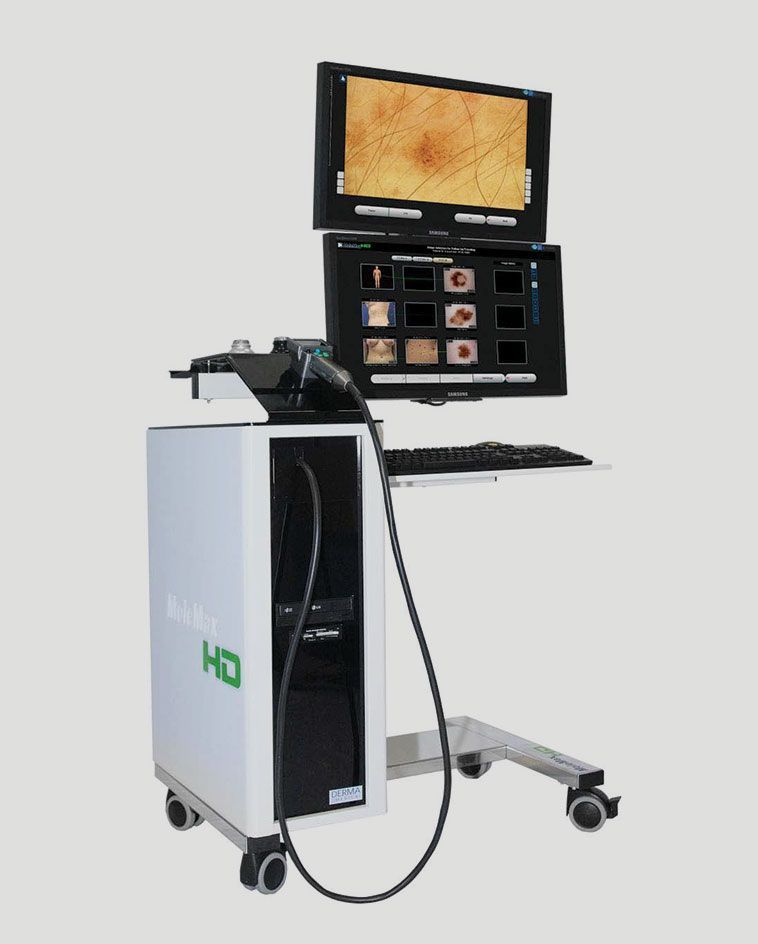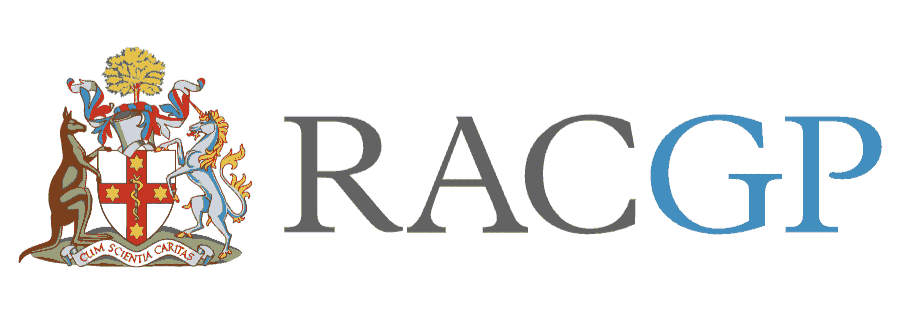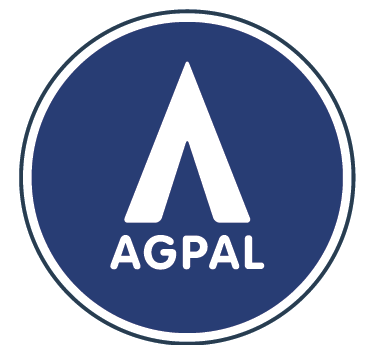Surgery
Surgery is the most common treatment for skin cancer. The type of procedure you have will depend on the size and position of the cancer.
Most small skin cancers are removed by a skin cancer GP or a dermatologist. A surgeon may treat more complex cases.
The doctor will inject a local anaesthetic to numb the affected area, then cut out the skin cancer and some nearby normal-looking tissue (margin). A pathologist checks the margin for cancer cells to make sure the cancer has been completely removed. The results will be available in about a week. If cancer cells are found at the margin, you may need further surgery or radiation therapy.
Curettage and electrodessication
Curettage and electrodessication (or cautery) is used to treat some BCCs and squamous cell carcinoma in situ (Bowen’s disease). It is usually done by a dermatologist.
The doctor will give you a local anaesthetic and then scoop out the cancer using a small, sharp, spoon-shaped instrument called a curette. Low-level heat (electrodessication or cautery) will be applied to stop the bleeding and destroy any remaining cancer. The wound should heal within a few weeks, leaving a small, flat, round, white scar.
Cryotherapy
Cryotherapy, or cryosurgery, is a procedure that uses extreme cold (liquid nitrogen) to remove sunspots and some small BCCs.
The doctor, usually a dermatologist, sprays liquid nitrogen onto the sunspot or skin cancer and a small area of skin around it. You may feel a burning or stinging sensation, which lasts a few minutes. The liquid nitrogen freezes and kills the abnormal skin cells and creates a wound. In some cases, the procedure may need to be repeated.
The treated area will be sore and red. A blister may form within a day. A few days later, a crust will form on the wound. The dead tissue will fall off after 1–4 weeks, depending on the area treated.
New, healthy skin cells will grow and a scar may develop. The area will heal in a few weeks, and the healed skin will probably look paler than the surrounding skin.
Topical treatments
Some skin spots and cancers can be treated with creams or gels that you apply to the skin. These are called topical treatments. They may contain immunotherapy or chemotherapy drugs, and are prescribed by a doctor. You should use these treatments only on the specific spots or areas that your doctor has asked you to treat. Don’t use leftover cream to treat new spots that have not been assessed by your doctor.
Immunotherapy cream
A cream called imiquimod is a type of immunotherapy that causes the body’s immune system to destroy cancer cells.
It is used to treat sunspots, superficial BCCs and squamous cell carcinoma in situ (Bowen’s disease). You apply imiquimod directly to the affected area every night, usually five days a week for six weeks.
Within days of starting imiquimod, the treated skin may become red, sore and tender to touch. The skin may peel and scab over before it gets better. Some people have pain or itching in the affected area, fever, achy joints, headache and a rash. If you experience any of these more serious side effects, stop using the cream and see your doctor immediately.
Chemotherapy cream
5-fluorouracil (5-FU) – This cream is a type of chemotherapy drug. It is used to treat superficial BCCs, sunspots and, sometimes, squamous cell carcinoma in situ (Bowen’s disease).
5-FU works best on the face and scalp. Your GP or dermatologist will explain how to apply the cream and how often. Many people use it twice a day for 2–3 weeks. It may need to be used for longer for some skin cancers. While using the cream, you will be more sensitive to UV radiation and will need to stay out of the sun. The treated skin may become red, blister, peel and crack, and feel uncomfortable. These effects will usually settle within a few weeks of treatment finishing.
Ingenol mebutate – This gel is applied to the affected sunspots once a day for two to three days. Side effects can include skin reddening, flaking or scaling, mild swelling, crusting or scabbing, and blisters. These side effects should disappear within a couple of weeks of treatment finishing.
Photodynamic therapy
Photodynamic therapy (PDT) uses a cream and a light source to make the cancer sensitive to light. It is used to treat sunspots, superficial BCCs and squamous cell carcinoma in situ (Bowen’s disease).
First the GP or dermatologist gently scrapes the area with a curette to remove any dry skin or crusting. Then the light-sensitive cream is applied, and after three hours a special light is shined onto the area for about eight minutes. The area is covered with a bandage. For skin cancers, PDT is usually repeated after a week.
Side effects can include redness and swelling, which usually ease after a few days. PDT commonly causes a burning, stinging or tender feeling in the treatment area, particularly to the face. Your doctor may treat you with a cold water spray or pack, or give you a local anaesthetic to help ease any discomfort.
Radiation therapy
Radiation therapy (also called radiotherapy) uses radiation such as x-rays or electron beams to damage or kill cancer cells. It is used for BCC or SCC in areas that are difficult to treat with surgery, such as the face. Sometimes it is also used after surgery to prevent the cancer from coming back or spreading.
You will lie on a table while the radiation therapy machine is positioned around you. This can take 10–30 minutes, but the treatment itself will take only a few minutes. The number of treatments you have depends on the type of skin cancer, where it is and how big it is. Radiation therapy is usually given five times a week for several weeks.
Skin in the treatment area may become red and sore 2–3 weeks after treatment starts. This redness and soreness may last for a few weeks after treatment has finished.
Removing lymph nodes
If the cancer has spread, the doctor may recommend removing the lymph nodes in an operation called a lymph node dissection. This helps reduce the chance of the cancer spreading to other parts of the body or coming back. For more information, speak to your doctor.
